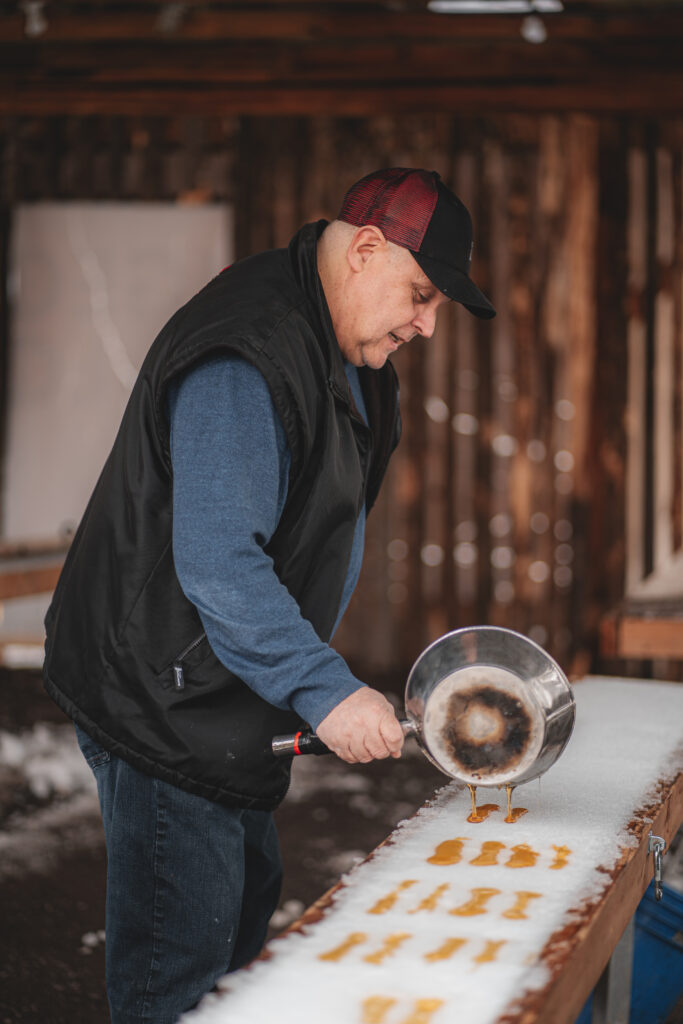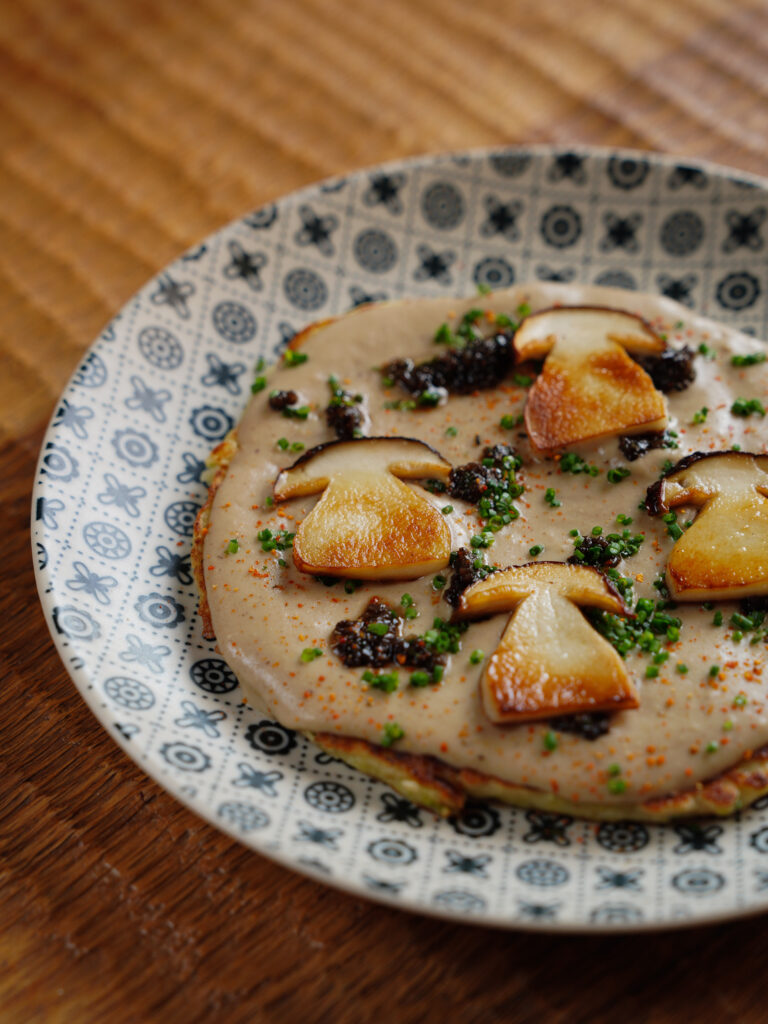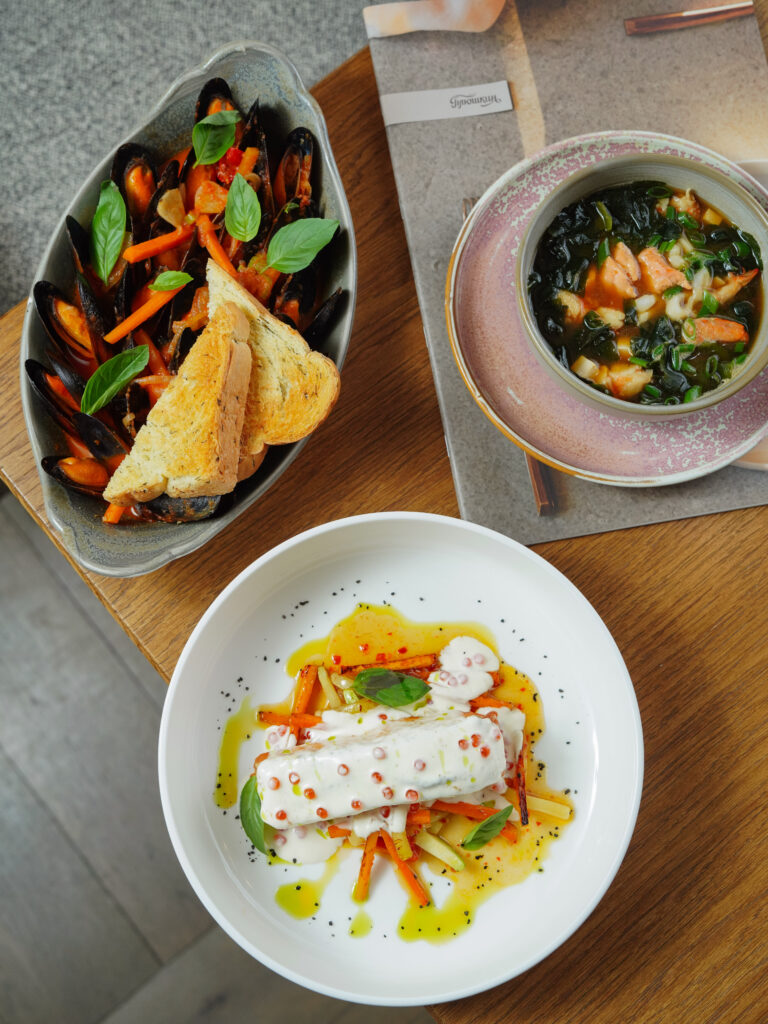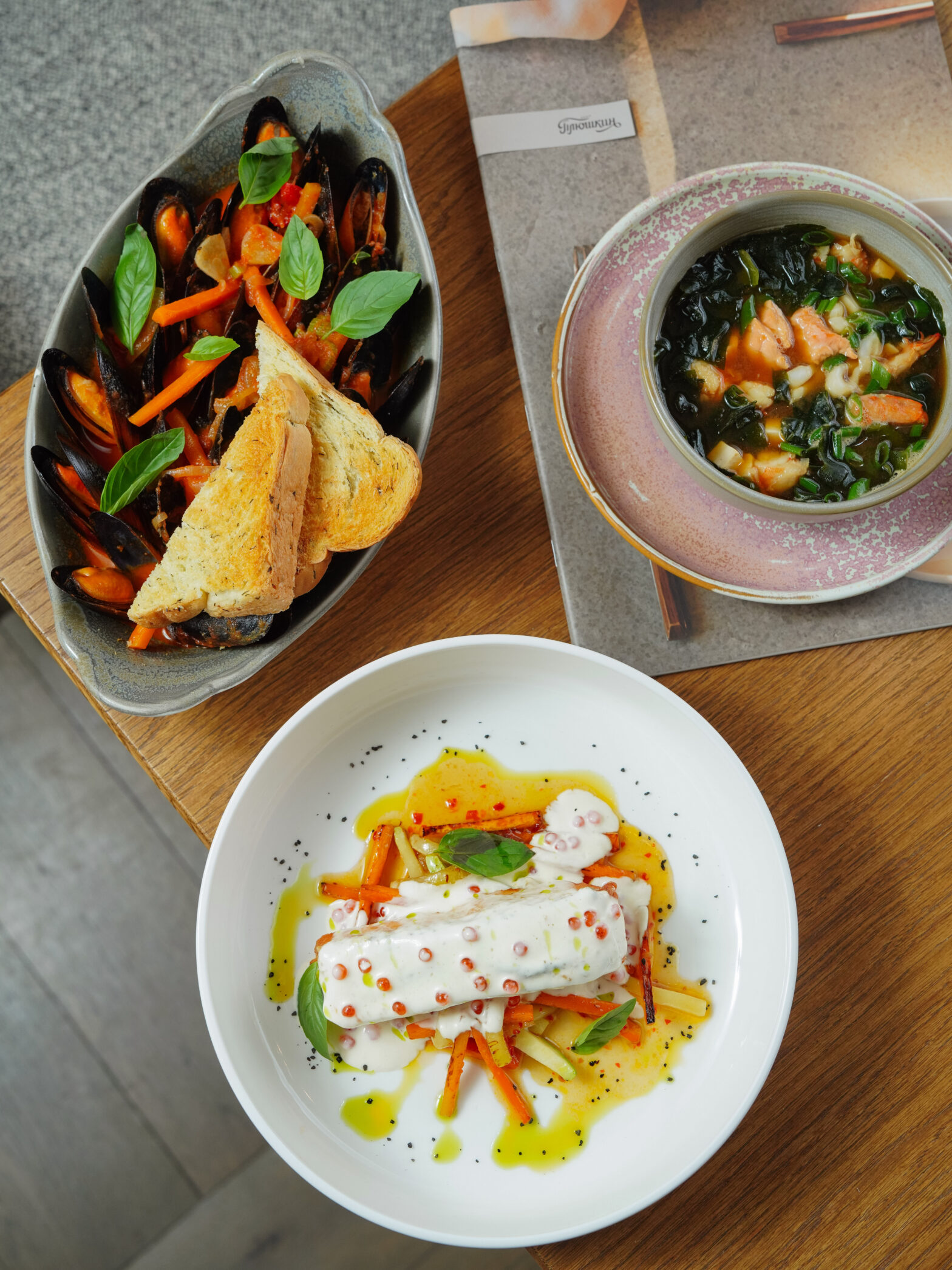This article provides a comprehensive guide on how to make perfect poached eggs every time. The author shares a simple, yet effective method that guarantees eggs with firm whites and runny yolks, making them the ideal addition to dishes like avocado toast, grain bowls, and salads. The step-by-step instructions outline the process, from cracking the egg into a bowl to gently slipping it into boiling water infused with white wine vinegar. The article also offers helpful tips, such as cooking one egg at a time until comfortable with the technique, and straining the eggs to achieve perfectly rounded whites. With this foolproof method, readers will be able to master the art of poached eggs and elevate their meals with this delicious and versatile protein.
How to Make Perfect Poached Eggs
Poached eggs are a delightful addition to many dishes, from avocado toast to grain bowls. They may seem fancy, but they are actually quite simple to make at home. With a few basic techniques and ingredients, you can achieve perfectly poached eggs with firm whites and runny yolks every time. In this article, we will guide you through the step-by-step process of making perfect poached eggs. We will also share additional tips to help you master this delicious technique.

Materials Needed
Before we begin, let’s gather all the materials you will need to make perfect poached eggs:
- Small bowl or ramekin
- Medium pot
- White wine vinegar
- Slotted spoon
Make sure you have these materials on hand before you start poaching your eggs.
Step 1: Prepare the Egg
To start, crack the egg into a small bowl or ramekin. This step ensures that the egg is intact and allows you to gently slip it into the boiling water later on. It also makes it easier to control the placement of the egg in the water.

Step 2: Boil the Water
Next, bring a medium pot of water to a gentle boil. The water should have bubbles forming on the bottom and rising to the surface, and it should be steaming, but not rapidly bouncing and bubbling. Adjust the heat so that the water maintains a simmer.
Step 3: Add Vinegar and Create a Vortex
Once the water is boiling, add a tablespoon of white wine vinegar to the pot. Stir the water in a circular motion to create a vortex at the center of the pot. This swirling motion helps to create a compact shape when the egg is dropped into the water later on.

Step 4: Gently Add the Egg
Now it’s time to add the egg to the boiling water. Carefully pour the cracked egg into the center of the vortex you created in step 3. This technique helps to shape the egg and prevent it from spreading out too much in the water. Gently stir the water again to maintain the swirling motion.
Step 5: Cook for the Desired Time
Set a timer for 3 1/2 minutes. During this time, the egg will cook and develop firm whites and a runny yolk. As the egg cooks, you may notice some egg white rising to the surface. Simply skim off any excess egg white with a slotted spoon and continue cooking the egg.
Step 6: Remove the Egg from the Water
After the desired cooking time, use a slotted spoon to carefully remove the poached egg from the hot water. Gently place the spoon under the egg and lift it out, allowing any excess water to drain off.
Step 7: Test for Doneness
To test if the egg is cooked to your liking, lightly tap it with your finger. The whites should be firm but still slightly jiggly, while the yolk should be runny. If you prefer a firmer yolk, you can return the egg to the water and cook it for a little longer.
Step 8: Serve the Perfectly Poached Egg
Once the poached egg is cooked to your desired doneness, it is ready to be served. Place it on a plate or dish and garnish it with salt and pepper, if desired. Poached eggs are versatile and can be enjoyed on their own, with toast, or as a topping for various dishes.
Additional Tips for Making Perfect Poached Eggs
Now that you know the basic steps for making perfect poached eggs, here are some additional tips to help you achieve the best results:
- Start by cooking one egg at a time until you are comfortable with the technique. It may take some practice to master the process, and cooking one egg at a time allows you to focus on each one.
- Do not skip the vinegar. Adding a tablespoon of white wine vinegar to the boiling water helps to coagulate the egg and prevent the white and yolk from separating during cooking. The vinegar also adds a subtle tangy flavor to the eggs.
- If you prefer perfectly rounded whites, you can strain the eggs before cooking them. Crack the egg into a fine mesh strainer to separate the thicker part of the white from the watery part. This technique can create a neater appearance, but it is optional.
- Throughout the poaching process, it is important to be gentle. Avoid using aggressive boiling water, as it can cause the egg to break apart. Handle the egg carefully when adding it to the water and stirring the water.
- Experiment with cooking times to achieve the desired consistency of the egg. The suggested cooking time of 3 1/2 minutes will result in firm whites and a runny yolk. If you prefer a firmer yolk, you can cook the egg for a few additional minutes.
With these tips in mind, you can confidently make perfect poached eggs at home. Whether you enjoy them on their own, on toast, or as a topping for various dishes, poached eggs are a versatile and delicious addition to any meal.
